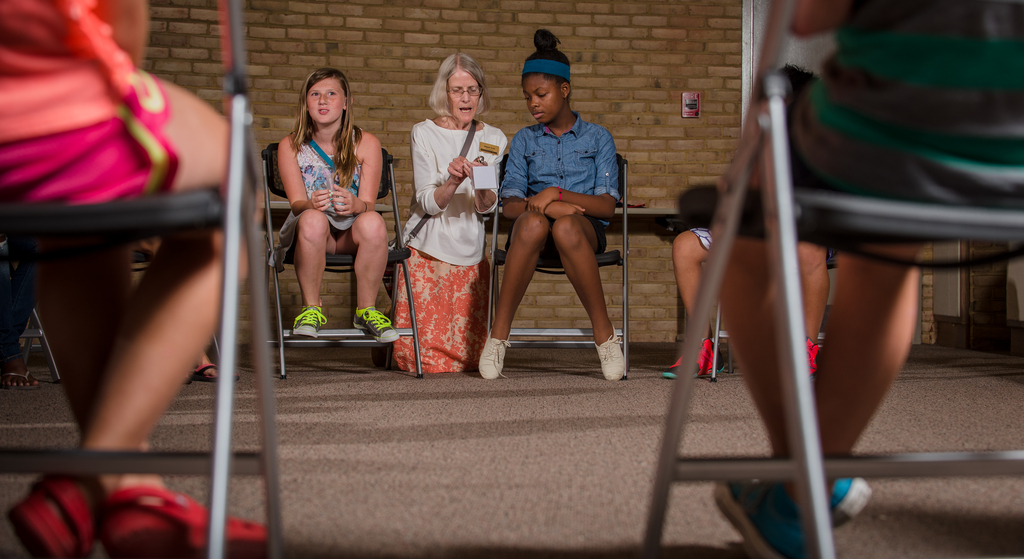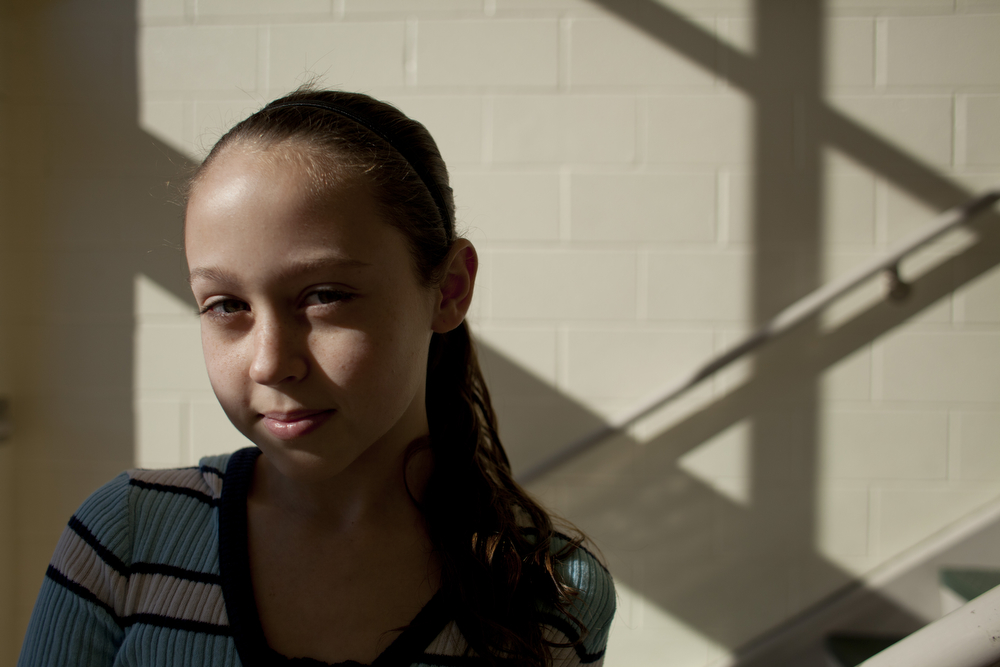BY RACHELLE SORENSON-COX
North Carolina’s education system is made up of a myriad of options. When it comes to where you send your child to school, your head will spin with the options – public schools, a variety of private schools, charter schools – you could even home school. Depending on your choice, the price is high, the stakes are higher, and there are no promises of a good return on your investment. You make your choice and hope for the best.
When you table the goal of excellent education for our young people, schooling children is big business. Businesses operate on budgets. Every year schools are given a >>per student budget, an amount per day to teach, feed, nurture and keep each student safe. That number should be the same for all students in all schools, but it isn’t — not even close. Are some kids worth more than others? Why are there rich schools and poor schools and not just schools? How do we close the gap between poor schools and rich schools, as it is >>actively growing wider ? Is there a solution to this problem?
I decided to break things down, start with simple things first. In the dictionary I found definitions for rich and poor.
Rich; Possessing great material wealth, having great worth or value, magnificent.
Poor; Having little or no wealth or possessions, lacking in a specified resource or quality, not adequate. Inferior.
What makes a school rich? Material wealth at a school includes, but is not limited to, a safe building, books, paper, pencils, art supplies, computers, support staff/faculty, pencils, tables, desks, teachers, and a place to play outside. What makes a school poor? A lack of material wealth, inadequate or inferior materials including but not limited to, a safe building, books, paper, pencils, art supplies, computers, support staff/faculty, pencils, tables, desks, teachers, and a place to play outside.
Is the incentive education or money? What is the cost of continuing this cycle and who is really paying the price?
The formula for the distribution of education monies is supposed to be fair , but there are lots and >>lots of variables . The equation does not equal to equality no matter how you add it up or how many fancy words are used to try to explain it.
And in the middle of the financial imbalance, you have the demand by state and federal governments that test scores should be equal. And instead of leveling the playing field, it’s sometimes teachers or school administrators who play the role of scapegoat.
This happened recently at my daughter’s school. A well-loved and well-respected principal was relocated to the “central office” where she has a long new title that tells little about the job she will actually be performing. She is graciously smiling in her photo in the paper. Now a new “management team” will come in and whip that school (i.e. business) into shape with a fresh, new approach. While everyone is busy making plans and moving into their new offices, who is minding the gap?
Not all parents are PTO material, some are doing their best just to get through the day. There is no luxury time to attend a fundraising meeting or pull weeds on the playground, and for some there’s little time for enrichment at home. There are kids who go home to empty houses or worse, houses that are not empty but where the child’s needs are obviously overlooked. Some kids >>don’t even have homes to go home to .
So the bottom line is, in a perfect world, even after we level the playing field between schools, we also have to provide support to parents so what greets a child at home supports what they’re learning at school. It’s an elephant of a problem — but how do you eat an elephant? One bite at a time.
What we can do is all the little things that will hopefully add up in the end to a decent education and future for our kids.
We can >>educate ourselves about the school options available to our kids, get to know the staff and teachers (then get to know the new staff and teachers), and give what time and energy you can to the PTO. We can vote for leaders who value education and local officials who are willing to invest in school based initiatives. We can continue to ask the questions and trust that like any good problem, a solution is out there, somewhere.


There are no comments
Add yours